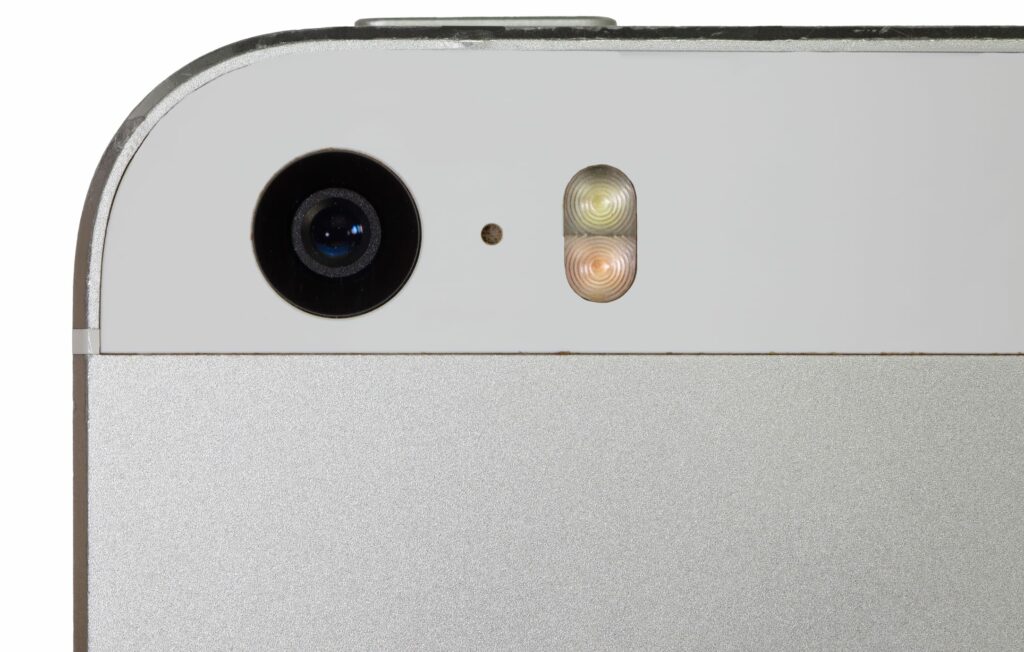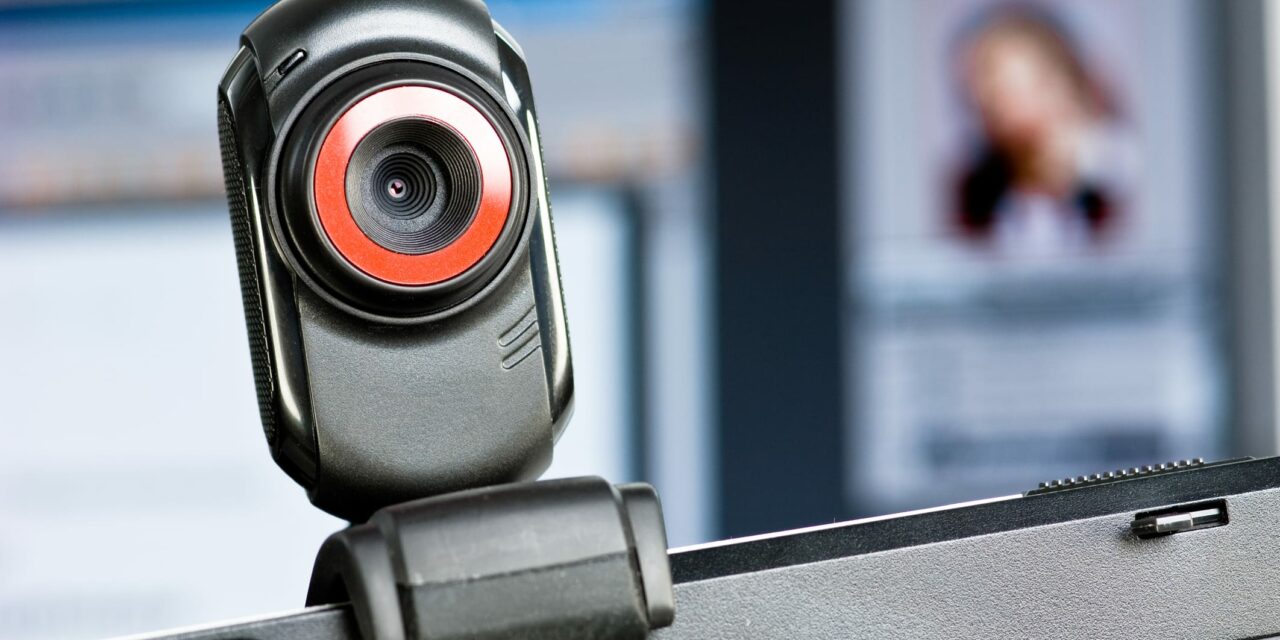Advancements in high-resolution imaging and AI are enhancing the accuracy and efficiency of virtual dermatology consultations.
Virtual dermatology consultations have become a vital part of modern healthcare, particularly during the COVID-19 pandemic. High-resolution imaging plays a critical role in these consultations, enabling dermatologists to diagnose and manage skin conditions effectively from a distance.
High-resolution imaging allows dermatologists to examine skin lesions, rashes, and other dermatological issues in great detail. The clarity and precision of these images are crucial for accurate diagnosis. Poor image quality can lead to misdiagnosis or the need for follow-up consultations, which can be inconvenient for patients and healthcare providers alike.
A study published in JAMA Dermatology highlighted that high-resolution images significantly improve the accuracy of teledermatology diagnoses. The research showed that dermatologists could make accurate diagnoses with the same confidence as in-person examinations when provided with high-quality images.
Recommended Equipment and Techniques

Cameras and Smartphones
Most modern smartphones come equipped with cameras capable of capturing high-resolution images suitable for dermatological evaluations. Dermatologists should recommend specific settings and techniques to patients to ensure the best possible image quality.
- Smartphone Cameras: Patients should use the highest resolution setting available and ensure their device’s lens is clean. Using the front camera for better control over positioning is also advisable.
- External Cameras: For more severe cases or professional settings, investing in dedicated high-resolution cameras can be beneficial. These devices often provide better macro capabilities and lighting adjustments, crucial for capturing detailed skin images.
Lighting and Focus
Proper lighting is essential for clear images. Natural daylight is ideal, but if unavailable, bright, even artificial light can suffice. Patients should avoid using flash as it can create glare and obscure details.
- Positioning: Ensuring the camera is steady and focused on the area of concern is crucial. Patients can use tripods or ask someone to help them take the picture.
- Multiple Angles: Taking photos from different angles and distances can provide a more comprehensive view of the skin issue.
Role of AI in Enhancing Image Analysis

Artificial Intelligence (AI) is transforming teledermatology by enhancing the analysis of high-resolution images. AI algorithms can process large volumes of dermatological images, identifying patterns and anomalies that might be missed by the human eye.
AI Tools and Applications
Several AI-powered tools are now available that assist dermatologists in diagnosing skin conditions from images:
- SkinVision: This app uses AI to assess skin lesions for potential skin cancer risks. Clinical studies have shown it to have a high sensitivity for detecting malignant lesions .
- Dermatology AI Software: These tools are integrated into telemedicine platforms, providing real-time diagnostic support during virtual consultations. They can help differentiate between benign and malignant lesions and suggest possible diagnoses based on the image data.
Benefits of AI in Teledermatology
AI not only improves diagnostic accuracy but also streamlines the consultation process. Dermatologists can receive instant feedback on images, allowing them to make quicker, more informed decisions. This efficiency is particularly beneficial in high-demand scenarios, such as during pandemics or in regions with limited access to dermatologists.
Recent Studies and Expert Opinions
Several studies and expert opinions underscore the significance of high-resolution imaging and AI in teledermatology:
- Accuracy and Efficiency: Research published in The Journal of the American Academy of Dermatology (JAAD) indicates that AI-assisted teledermatology can achieve diagnostic accuracy rates comparable to in-person examinations, significantly improving consultation efficiency.
- Patient Satisfaction: Studies have also shown high levels of patient satisfaction with AI-enhanced teledermatology services. Patients appreciate the convenience and the thoroughness of the virtual consultations, which often match the quality of in-person visits.
Looking Ahead
High-resolution imaging and AI are revolutionizing virtual dermatology consultations, providing dermatologists with the tools to deliver accurate, efficient, and high-quality care remotely. By leveraging advanced imaging technologies and AI, dermatologists can improve diagnostic accuracy, streamline consultations, and enhance patient satisfaction. As these technologies continue to evolve, their role in teledermatology is set to expand, offering even greater benefits to both patients and healthcare providers.
References
- Esteva, A., Kuprel, B., Novoa, R. A., Ko, J., Swetter, S. M., Blau, H. M., & Thrun, S. (2017). Dermatologist-level classification of skin cancer with deep neural networks. Nature, 542(7639), 115-118.
- Janda, M., Loescher, L. J., & Lowe, J. B. (2020). Advances in the diagnosis and management of skin cancer: Teledermatology and artificial intelligence. Journal of the American Academy of Dermatology, 83(1), 46-53.
- Armstrong, A. W., Chambers, C. J., Maverakis, E., Cheng, M. Y., Dunnick, C. A., Chren, M. M., … & Lee, K. (2020). Effectiveness of teledermatology: A systematic review of patient outcomes and concordance studies. Journal of the American Academy of Dermatology, 64(4), 759-772.
- Phillips, M., Marsden, H., Jaffe, W., Matin, R. N., & Wali, G. N. (2019). Assessment of accuracy of an artificial intelligence algorithm to detect melanoma in images of skin lesions. JAMA Network Open, 2(10), e1913436.
- SkinVision. (n.d.). How it works. Retrieved from SkinVision.
- Miiskin. (n.d.). Digital applications for Patient-Led Skin Monitoring. Retrieved from DermNet NZ.
Photo 9996222 © Alterfalter | Dreamstime.com



